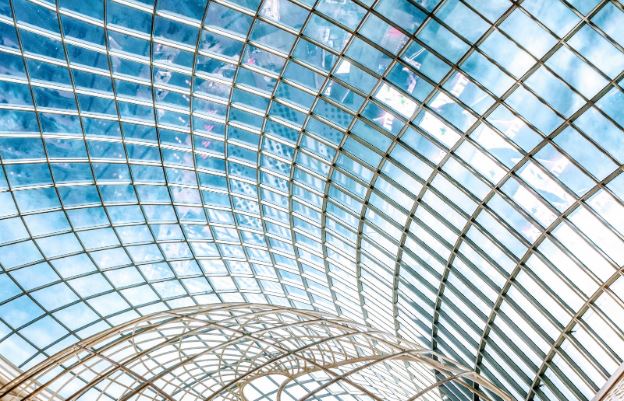Modern architecture is constantly evolving and pushing the boundaries of what is possible in design and construction. In recent years, there have been several exciting trends that have emerged, ranging from futuristic and experimental structures to minimalist and functional designs. In this article, we will explore some of the latest trends in modern architecture and what they mean for the future of the field.
Futuristic and Experimental Structures
One of the most exciting trends in modern architecture is the use of parametric design, which involves using computer algorithms to generate complex, organic forms that would be impossible to create using traditional methods. This has led to the creation of some truly stunning and futuristic buildings, such as the Heydar Aliyev Center in Baku, Azerbaijan.
Another trend in experimental architecture is the use of cutting-edge materials and construction methods, such as 3D printing and carbon fiber. These materials allow for unprecedented levels of creativity and innovation, leading to buildings that are not only visually striking but also functional and efficient.
3D Printing Architectural Design
3D printing has become an increasingly popular tool used by architectural firms, allowing architects to create complex designs with greater precision and efficiency. With the use of specialized software, architects can create detailed 3D models of buildings, which can then be printed in various materials, such as concrete or plastic. This technology allows for greater flexibility and customization in design, as well as faster construction times and reduced waste.
Minimalism and Simplicity
While futuristic and experimental structures are exciting, there is also a growing trend towards simplicity and minimalism in modern architecture. This trend is characterized by clean lines, neutral colors, and a focus on function over form. Minimalist buildings are often designed to blend in with their surroundings, rather than stand out, and are typically constructed using natural materials such as wood and stone.
The appeal of minimalist architecture lies in its simplicity and elegance. By stripping away unnecessary details, architects are able to create buildings that are both visually appealing and functional. This trend has become particularly popular in urban areas, where space is at a premium and architects must be creative in their use of available resources.
High-Tech and Smart Homes
Advances in building technology are also having a significant impact on modern architecture. Smart homes are becoming increasingly popular, with features such as automated lighting, heating, and security systems controlled by mobile devices. This trend is not only convenient but also energy-efficient, with many smart homes incorporating features such as solar panels and energy-efficient appliances.
Another trend in high-tech architecture is the use of interactive and responsive design. Buildings are being designed with features such as kinetic facades and responsive lighting, which can adapt to changes in the environment or the needs of the occupants. This creates a dynamic and ever-changing experience for the occupants, while also reducing energy consumption and increasing efficiency. You can also check out riverwalk Philadelphia which is a great apartment complex in that city.
Conclusion
Modern architecture is a dynamic and constantly evolving field, and the trends discussed in this article are just a few examples of the exciting developments that are taking place. Futuristic and experimental structures, minimalist and functional designs, and high-tech and smart homes are all pushing the boundaries of what is possible in design and construction, and the use of 3D printing in architectural design is a particularly exciting development. As we continue to explore these trends and push the limits of what is possible, modern architecture is sure to remain a vibrant and exciting field for many years to come.

